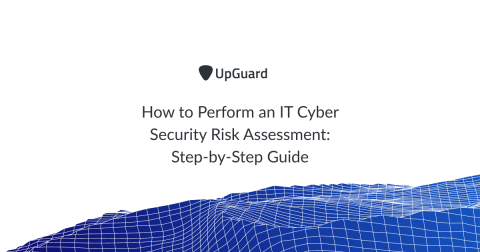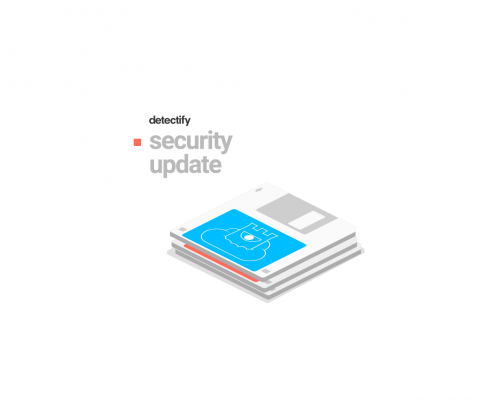How to Perform an IT Cyber Security Risk Assessment: Step-by-Step Guide
A cyber security risk assessment is about understanding, managing, controlling and mitigating cyber risk across your organization. It is a crucial part of any organization's risk management strategy and data protection efforts. Risk assessments are nothing new and whether you like it or not, if you work in information security, you are in the risk management business.









